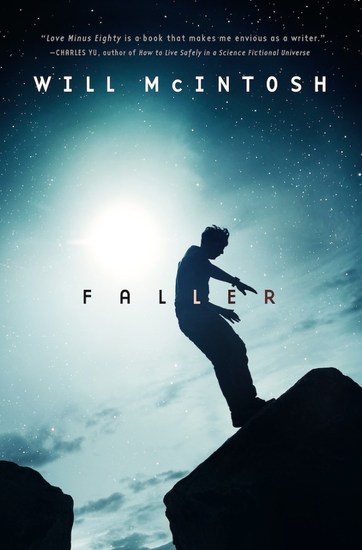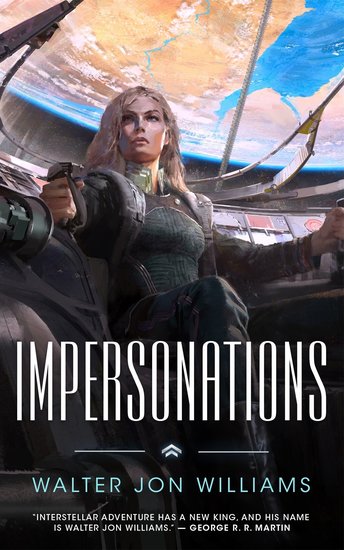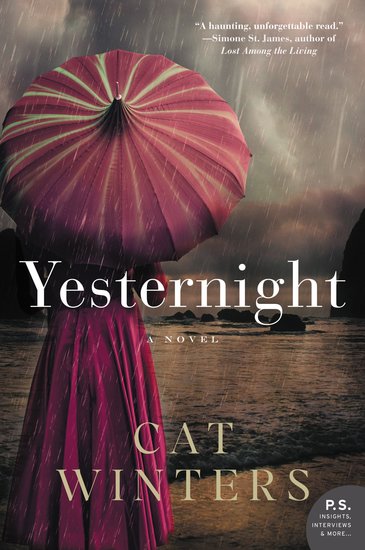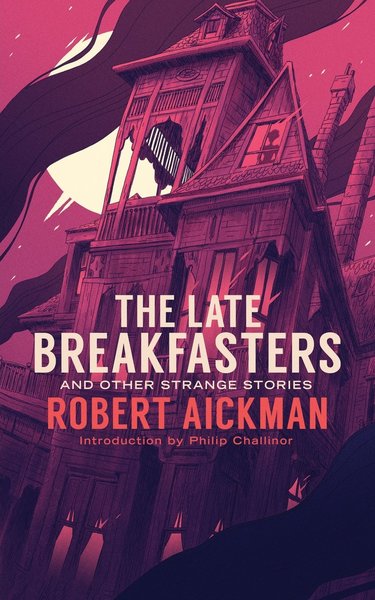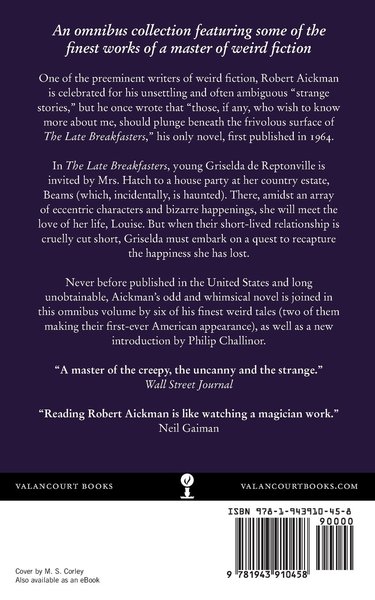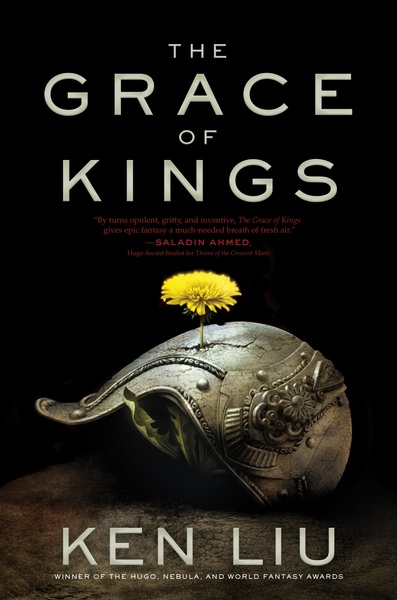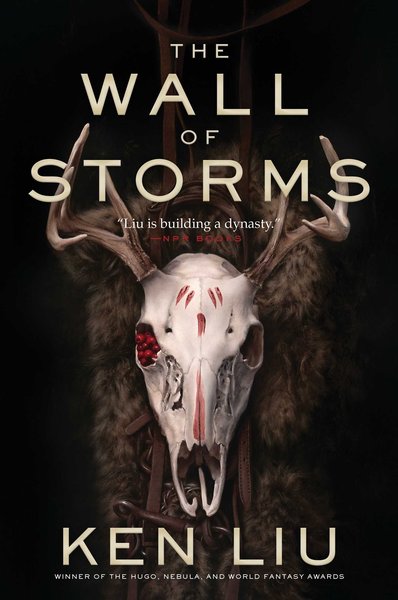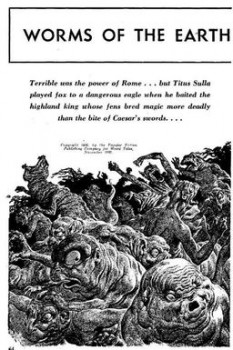Caterers to the Damned, Zombie Gladiators, and Lovecraft’s Dreamlands: Catching Up With Tor.com Publishing
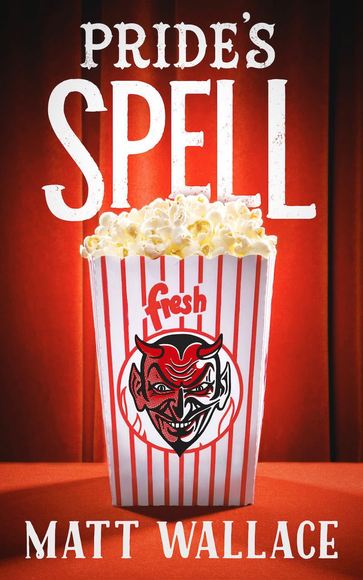 |
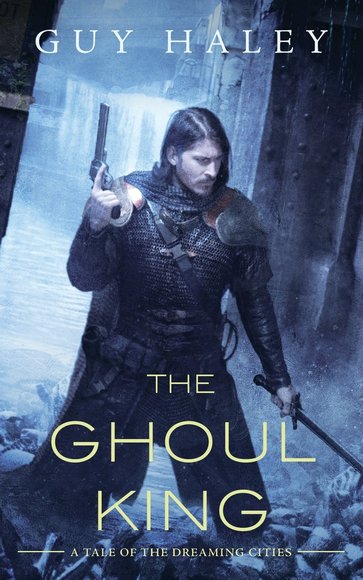 |
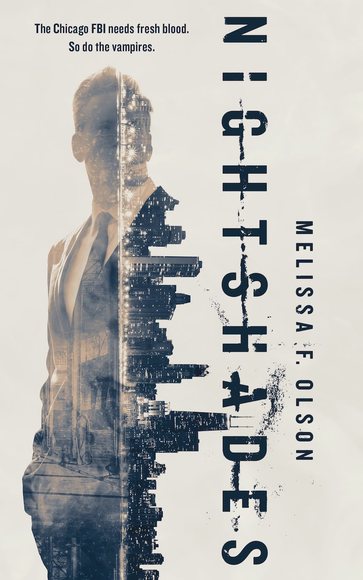 |
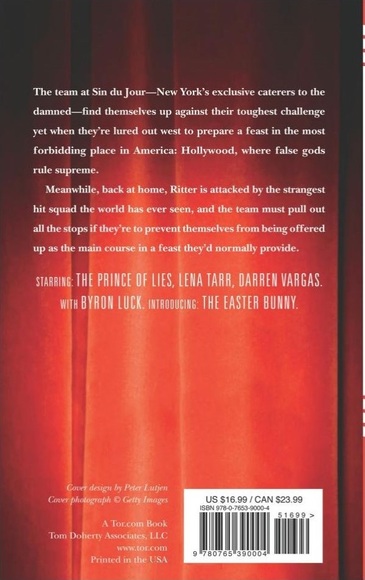 |
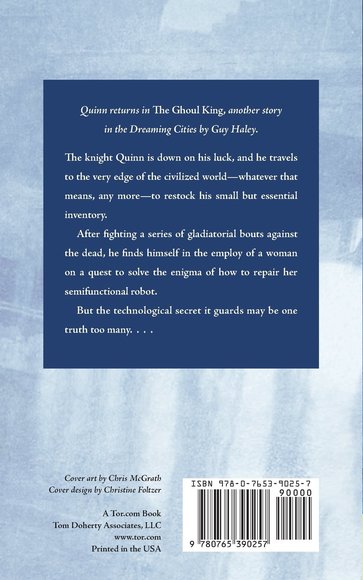 |
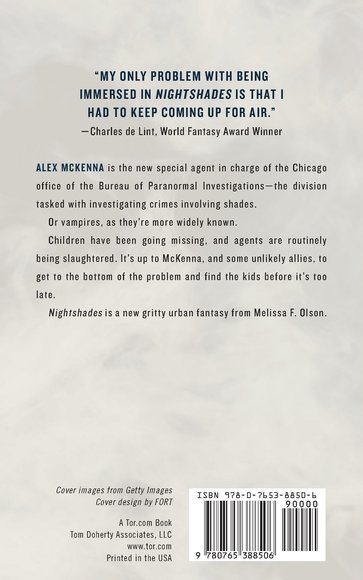 |
One of the most exciting developments in publishing over the last year has been the blockbuster launch of Tor.com publishing. They’ve really shaken up the industry with a knockout line-up of original novellas — including the Nebula award-winning Binti by Nnedi Okorafor, Daniel Polansky’s Hugo-nominated The Builders, Emily Foster’s acclaimed epic fantasy The Drowning Eyes, and many more.
A big part of the reason I enjoy about the Tor.com novella line so much — beside the fact that they’re fun, easy reads — is that the publisher has shown a willingness to experiment with series fantasy. And so we have Guy Haley’s post-apocalyptic adventure The Emperor’s Railroad, set in a world of strange robots and gladiatorial combat with zombies; Paul Cornell’s Witches of Lychford, in which a trio of New England witches warily guard the boundary between two worlds, and a gateway to malevolent beings beyond imagination; Andy Remic’s Song For No Man’s Land trilogy, The Great War retold as an epic fantasy featuring a subterranean Iron Beast; Matt Wallace’s Sin du Jour books, featuring the comedic misadventures of New York’s exclusive caterers-to-the-damned, and others.
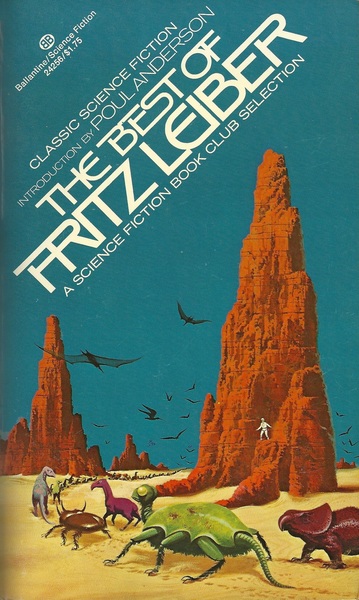

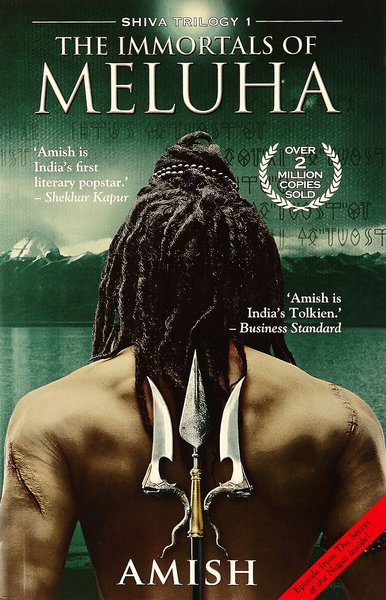
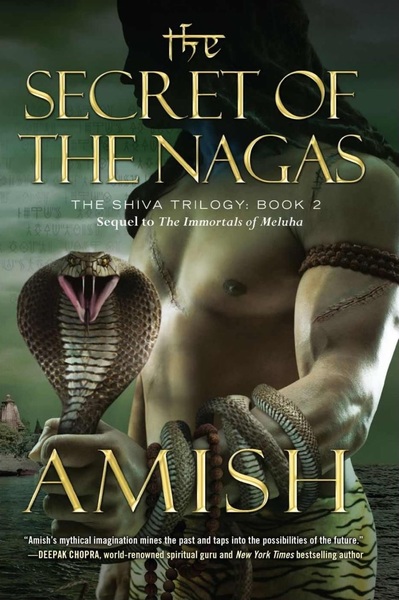
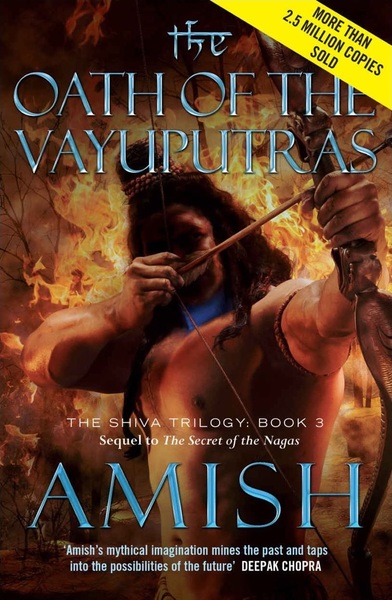
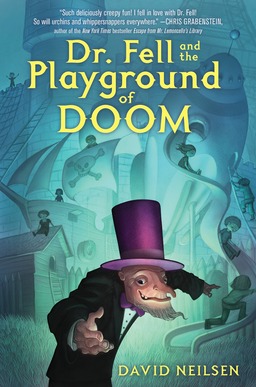
 “It’s an accepted fact that all writers are crazy; even the normal ones are weird.” Wm. Goldman
“It’s an accepted fact that all writers are crazy; even the normal ones are weird.” Wm. Goldman
